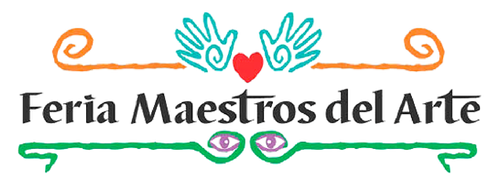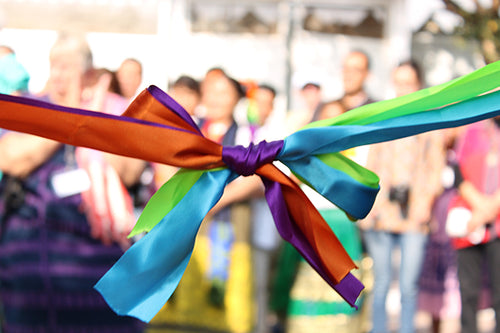
Mariel Monserrat Ramos Aportela, Oaxaca de Juárez, Oaxaca
Chachilhuitan is a municipality in Chiapas located in green mountains covered with pine, oak and cypress forests, and is between Simojovel, Pantelhó, Chenalhó, Larrainzar and El Bosque. Its inhabitants are dedicated to agriculture.
Mariel Monserrat Ramos Aportela’s entire family are craftsmen, from her great-grandparents in the 1940s, to Mariel — five generations. In the past, tinplate work was used to make watering cans for gardening, church utensils, etc. As the years went by, it became a craft which was dedicated to the decoration and elaboration of milagros (miracles) — nowadays tinplate work is mostly known for the mirrors, Christmas tree ornaments and other decorative-type objects.
Mariel’s uncle taught her the art of hojalata (tin) because he was completely dedicated to this craft and wanted to pass on his knowledge to a family member. Between the two of them, they created their taller (workshop) Raíces de Mi Tierra (Roots of my land).
The trade of tinsmith has been recorded in Mexico since the New Spanish era. The first copies were brought from Spain, later they were manufactured here. This activity began in parallel with the art of silversmithing.
Tinsmithing has all but disappeared in Mexico. Why? Several factors were responsible —the appearance on the market of pewter, aluminum and plastic utensils, mass-produced and with certain practical qualities.
Given the lack of a market, some artisans decided to change their activity and the few that remained had to innovate giving way to new hojalata crafts such as the ornamental work done by Mariel and her uncle.
The beautiful tin hearts Mariel creates are an example of Mexican traditions inspired by nature, animals, many times the inspiration has to do with themes of some religious events such as weddings and baptisms, some have to do with the season, such as the preparation of Christmas Eve flowers. in the month of December. Sometimes the designs have to do with the festivals and traditions of the region itself.
The materials used are 80% tin sheet and the other 20% can be copper, brass or nickel silver. Solvent-based anilines and simple tools such as chisels and steel blades, soldering iron, solder and wire are also used, as well as lead base, which is used to etch the pieces.
Mariano Matamoros #100
Colonia: centro
Oaxaca de Juárez
9511041369
ramosaportela@hotmail.com
Facebook: Raíces de mi tierra
Instagram @raices_demitierra

